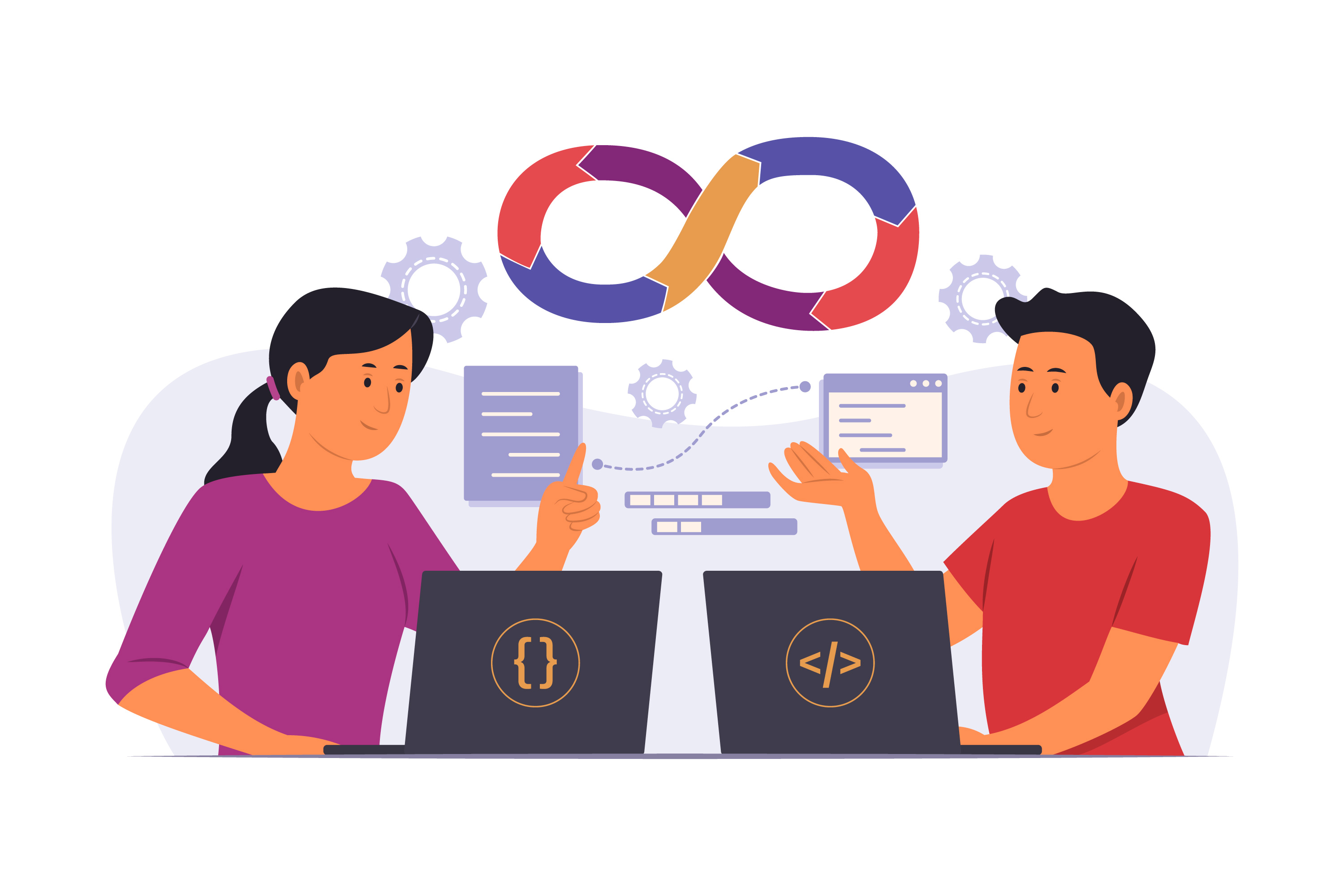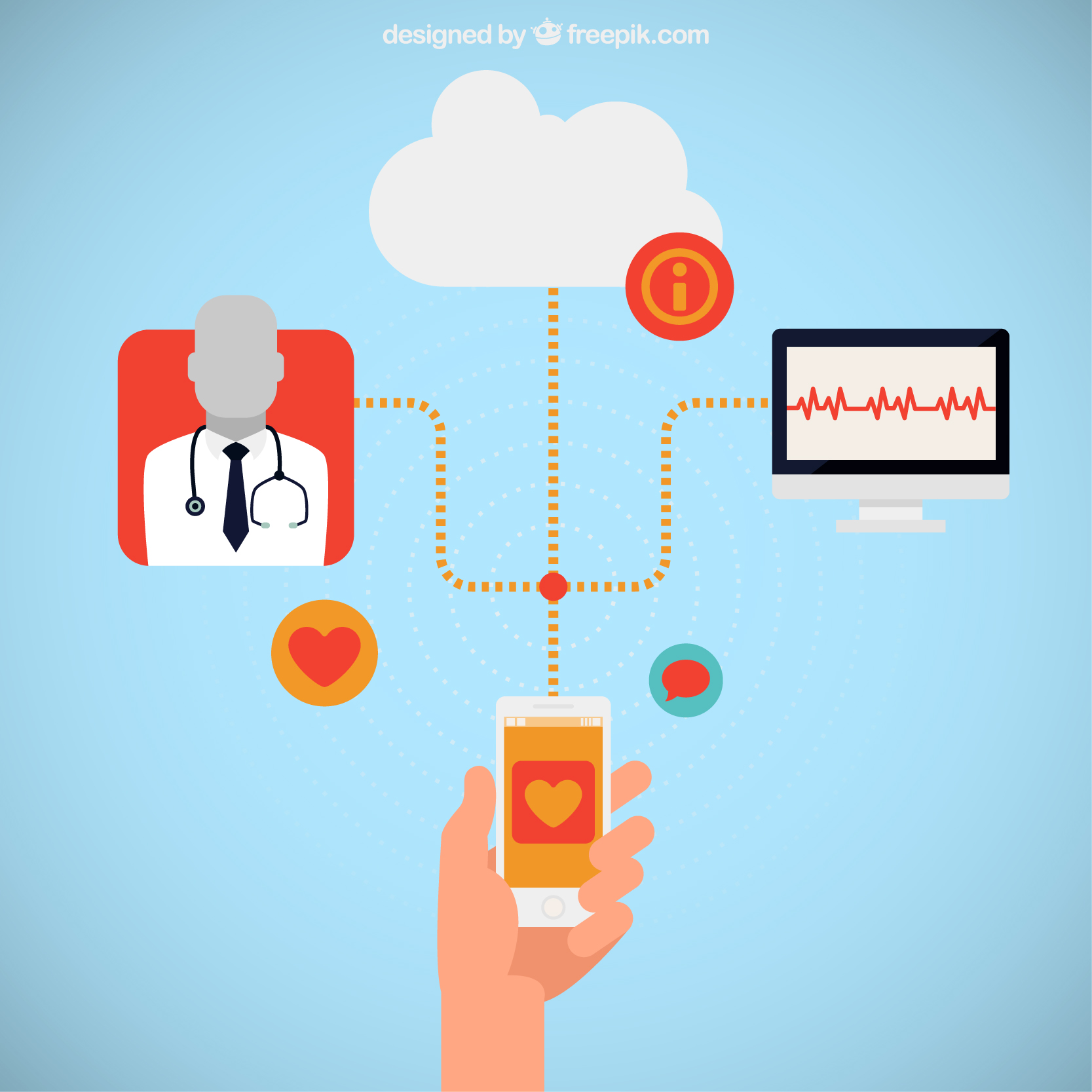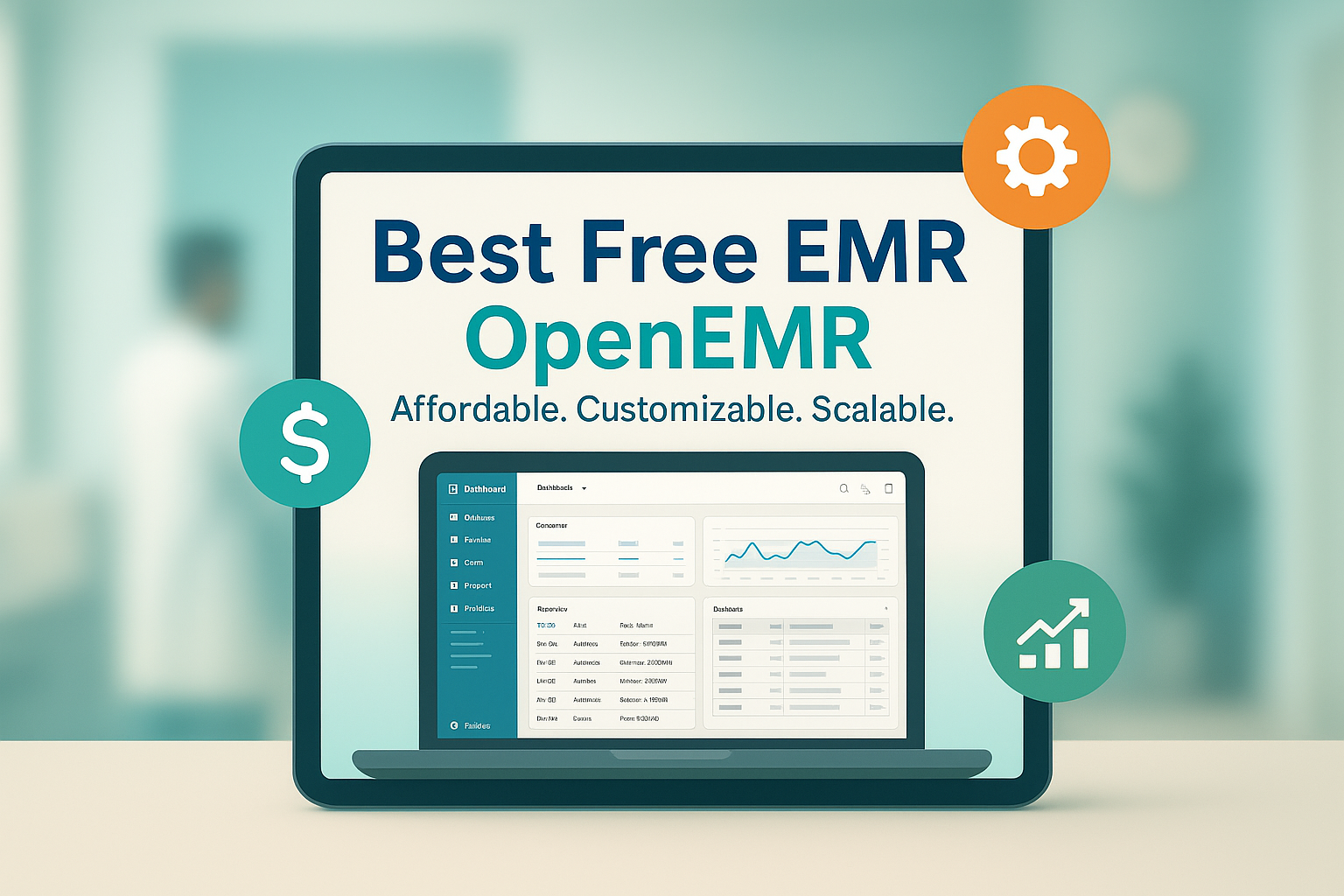 White Hat Link Building – Safe. Powerful. Long-Term.
White Hat Link Building – Safe. Powerful. Long-Term.
The Evolution of Medical Documentation: How Technology is Helping Us Understand Patient Journeys
Written by Larisa Albanians » Updated on: June 17th, 2025

Medical documentation has come a long way from handwritten notes in thick patient files to advanced digital records that offer real-time insights into patient care. In today's healthcare landscape, technology is playing a pivotal role in transforming these records into valuable resources for understanding patient journeys, enhancing care delivery, and improving outcomes.
As we explore this evolution, we’ll uncover how modern technologies are reshaping how we capture, analyze, and use patient data to tell their stories.
The Paper-Based Era: Limitations and Challenges
For decades, medical documentation relied heavily on paper records. While these handwritten notes captured a wealth of information, they came with several challenges:
Limited accessibility: Paper records could only be accessed by one person at a time, and retrieving information was often time-consuming.
Inconsistent entries: Variations in handwriting, incomplete information, and missing details often led to discrepancies in patient care.
Lack of continuity: Patient history spread across multiple files and providers created gaps in care, making it difficult to track long-term health trends.
In short, the limitations of paper-based documentation hindered the ability to gain comprehensive insights into a patient's healthcare journey.
The Digital Transformation: Enter the Electronic Health Record (EHR)
The introduction of Electronic Health Records (EHRs) marked a turning point in medical documentation. EHRs offered a centralized platform for storing patient data, allowing healthcare providers to access a patient’s history instantly. The benefits of EHRs include:
Improved accessibility: Physicians, nurses, and other healthcare staff can access patient records simultaneously, enabling better collaboration.
Consistent documentation: Standardized templates ensure that all necessary data is captured accurately and uniformly.
Continuity of care: With all patient data stored in one place, healthcare providers can track a patient’s history over time, leading to more informed decisions.
While EHRs improved patient documentation, they also highlighted new challenges, particularly related to data overload and time-consuming manual entry. This is where advanced technologies like Artificial Intelligence (AI) and Natural Language Processing (NLP) have stepped in.
AI and NLP: Unlocking Insights from Unstructured Data
One of the major advancements in medical documentation is the integration of AI and Natural Language Processing (NLP) technologies. Medical notes, especially those written by clinicians, often contain unstructured data that is difficult to analyze using traditional methods. This unstructured data includes patient narratives, physician observations, and subjective insights—all of which are crucial to understanding the complete patient journey.
AI and NLP technologies help:
Extract meaningful insights: By analyzing unstructured data, AI can identify patterns and trends that would be missed by human analysis alone.
Automated documentation: AI-powered speech recognition tools enable physicians to dictate notes, which are then automatically transcribed and structured into EHRs, saving time and reducing administrative burden.
Personalized care: NLP can interpret patient histories and physician notes, helping to identify personalized treatment options based on individual patient needs.
By turning raw, unstructured data into actionable insights, these technologies are helping providers understand patient journeys in a deeper and more meaningful way.
Interoperability: Connecting Data Across Systems
Another significant evolution in medical documentation is the growing focus on interoperability—the ability of different healthcare systems and providers to share and exchange patient data seamlessly. With interoperability, a patient’s entire healthcare journey, from primary care visits to hospital stays, is connected, allowing for:
Comprehensive views of patient history: Providers can access all relevant information, ensuring that care is coordinated across different specialties and care settings.
Fewer errors: Shared data reduces the risk of duplicate tests, conflicting treatments, and incomplete medical histories.
Better patient outcomes: Connected systems lead to more holistic care, as all aspects of a patient's journey are considered in decision-making.
In this interconnected world, patients themselves are becoming more engaged with their care through patient portals and mobile health apps, which provide access to their own medical records.
Predictive Analytics: Anticipating Patient Needs
Perhaps one of the most exciting developments in medical documentation is the use of predictive analytics. By analyzing large datasets from patient records, predictive analytics tools can forecast potential health risks and recommend preventive measures. This shift from reactive to proactive care has profound implications:
Early intervention: Predictive models can alert providers to early signs of chronic conditions or complications, allowing for timely intervention.
Improved resource allocation: Healthcare organizations can predict patient demand, ensuring that resources are available when needed.
Personalized treatment plans: Providers can develop treatment plans based on data-driven insights tailored to each patient’s unique health profile.
Predictive analytics in healthcare is transforming medical documentation from a record-keeping tool into a dynamic, predictive resource that drives decision-making and improves patient care.
The Future of Medical Documentation: Enhancing Patient Journeys
As we look ahead, it’s clear that the evolution of medical documentation is far from over. Emerging technologies such as blockchain, Internet of Medical Things (IoMT), and machine learning will continue to shape how we capture, share, and utilize patient data.
For healthcare providers, this evolution presents exciting opportunities:
More time for patient care: Automated documentation tools will reduce administrative tasks, allowing providers to spend more time with patients.
Deeper patient insights: AI and predictive analytics will offer a deeper understanding of patient journeys, enabling more personalized and effective treatments.
A holistic approach to health: The integration of physical, mental, and social health data will lead to more comprehensive and compassionate care.
Conclusion: Technology as a Catalyst for Patient-Centered Care
The transformation of medical documentation is a testament to how technology can revolutionize patient care. By evolving from paper-based records to AI-enhanced digital systems, healthcare providers now have the tools to better understand and support patient journeys.
As we continue to embrace new technologies, the future of healthcare will be shaped by how effectively we harness the power of data to deliver high-quality, personalized care.
Connect with us for EMR/EHR Integration Services.
Note: IndiBlogHub features both user-submitted and editorial content. We do not verify third-party contributions. Read our Disclaimer and Privacy Policyfor details.
Copyright © 2019-2025 IndiBlogHub.com. All rights reserved. Hosted on DigitalOcean for fast, reliable performance.

















